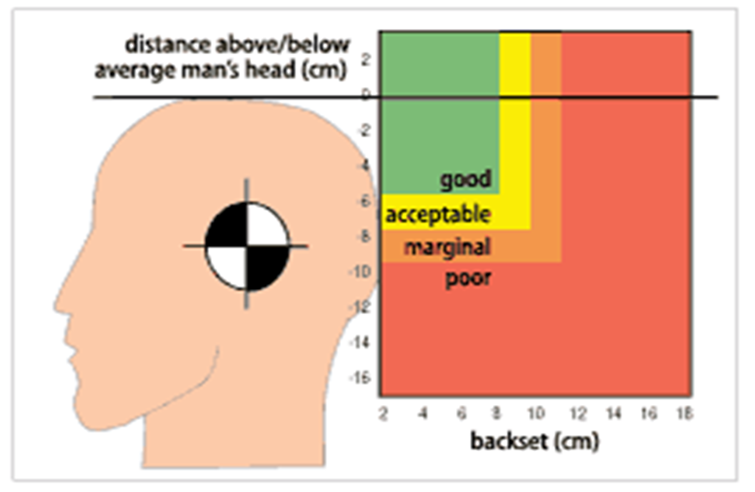Stretching Before Exercising – A Persistant Bad Idea
As a Sports Injury trained Chiropractor, with over 150 post-doctoral training hours with the American Board of Chiropractic Sports Physicians, Dr. Leatherman often has to discuss this topic. When our Integrity docs see someone stretching BEFORE running, cycling, tennis, swimming, or any other sport, they worry that the person doesn't know much about muscles. Integrity docs further know that they are actually INCREASING their injury potentials.
STRETCHING BEFORE EXERCISING WEAKENS MUSCLES:
Here are two studies show that stretching before competition and training weakens muscles. Stretching prevents you from lifting your heaviest weights or running your fastest miles. It limits how high you can jump, and how fast you can run.
~(The Journal of Strength and Conditioning Research, April 2013)
~(The Scandinavian Journal of Medicine and Science in Sports, April 2013).
Stretching weakens muscles by almost 5.5 percent: The longer you hold the stretch, the more strength you lose. Holding a stretch for more than 90 seconds markedly reduces strength in that muscle.
Stretching reduces power:
How hard you can hit a ball, or how fast you can swim, run or pedal has nothing to do with flexibility…it has to do with contractility. Stretching also does not prevent next-day muscle soreness, and it does not prevent injuries. On the other hand, WARMING-UP (increasing your body heat) helps to prevent injuries and helps you to run faster and lift heavier.

HOW MUSCLES MOVE YOUR BODY:
Every muscle in your body is made up of thousands of individual fibers. Each fiber is composed of sarcomeres; repeated similar blocks, lined end-to-end to form the rope-like fibers. Each sarcomere touches the sarcomere next to it at the Z line.
Muscles move your body by contracting, a shortening of each muscle fiber. Muscles do not shorten (contract) equally throughout their lengths. Muscles contract only at each of thousands of Z lines. It is the cumulative shortening of thousands of Z lines that shorten fibers to make muscles contract and move your body.
HOW STRETCHING SAPS STRENGTH:
When you stretch a muscle, you pull on the muscle fibers and stretch apart each fiber at the thousands of Z lines. This damage occurs only at the Z lines throughout the length of the muscle fiber, to weaken the entire muscle. At Integrity Chiropractic, we incorporate muscle stretching all the time. Stretching is most effectively utilized in rehab, but NEVER directly before competition or performance.
PROLONGED STRETCHING LIMITS THE ABILITY OF MUSCLES TO STORE ENERGY:
Sports Chiropractors understand that muscles are like rubber bands. They stretch and contract with each muscle movement. Constant active stretching and contracting stores energy in the muscle. For example, when you run, you land on your foot and the muscle stops contracting suddenly. The force of your foot striking the ground is stored in your muscles and tendons and this energy is released immediately to drive you forward.
Your foot hits the ground with a force equal to three times your body weight when you run at a pace of six minutes per mile. Up to 70 percent of the force of your foot strike is stored in your Achilles and other tendons. This energy is released by your muscles and tendons to drive you forward for your next step. Stretching decreases the amount of energy you can store in muscles and tendons and therefore weakens you and you have less stored energy to drive you forward, so you have to slow down.
STRETCHING SAPS SPEED AND ENDURANCE:
Elite college sprinters were timed in 20 meter sprints, with and without prior multiple 30-second stretches of their leg muscles. Both active and passive stretching slowed them down.
~(Journal of Sports Science, May 2005).
STRETCHING DOES NOT PREVENT NEXT DAY MUSCLE SORENESS:
A review of 12 studies published over the last 25 years shows that stretching does not prevent muscle soreness that occurs 8 to 24 hours after you exercise vigorously .
~(The British Journal of Sports Medicine, December 2011; 45:15 1249-1250).
Researchers in Australia reviewed five studies, involving 77 subjects, to show that stretching does not prevent next-day muscle soreness.
~(British Medical Journal, December 2007; 325:468-70 and 451-2).
STRETCHING DOES NOT PREVENT INJURIES:
Review of scientific literature shows that there’s no good evidence that stretching prevents sports injuries. This review showed that stretching does not prevent shin splints, bone stress fractures, sprains, strains or other arm and leg injuries.
~ (Clinical Journal of Sports Medicine, March 2005)
Muscles and tendons tear when the force applied to them is greater than their inherent strength, so anything that makes a muscle stronger helps to prevent injuries.
Strengthening muscles helps prevent muscle and tendon tears, but stretching does not make muscles stronger.
SO, WHEN SHOULD YOU STETCH AND WHY?
Please do not take the above to mean that stretching is not important, because increasing flexibility does increase long-term performance as well as increase active ranges of joint motion and functionality. Thus the reasons why we actively stretch our patients in the office and also teach them passive stretches to utilize at home.
Effective stretching protocols should be applied AFTER an event, or AFTER training, and can serve as an effective cool down. Specific types of stretching, such as PNF (proprioceptive Neuronal Facilitation) stretching, can dramatically increase short term flexibility in as quickly as 1-2 sessions, but will need to be utilized serially for long term benefit.
INTEGRITY CHIROPRACTIC








